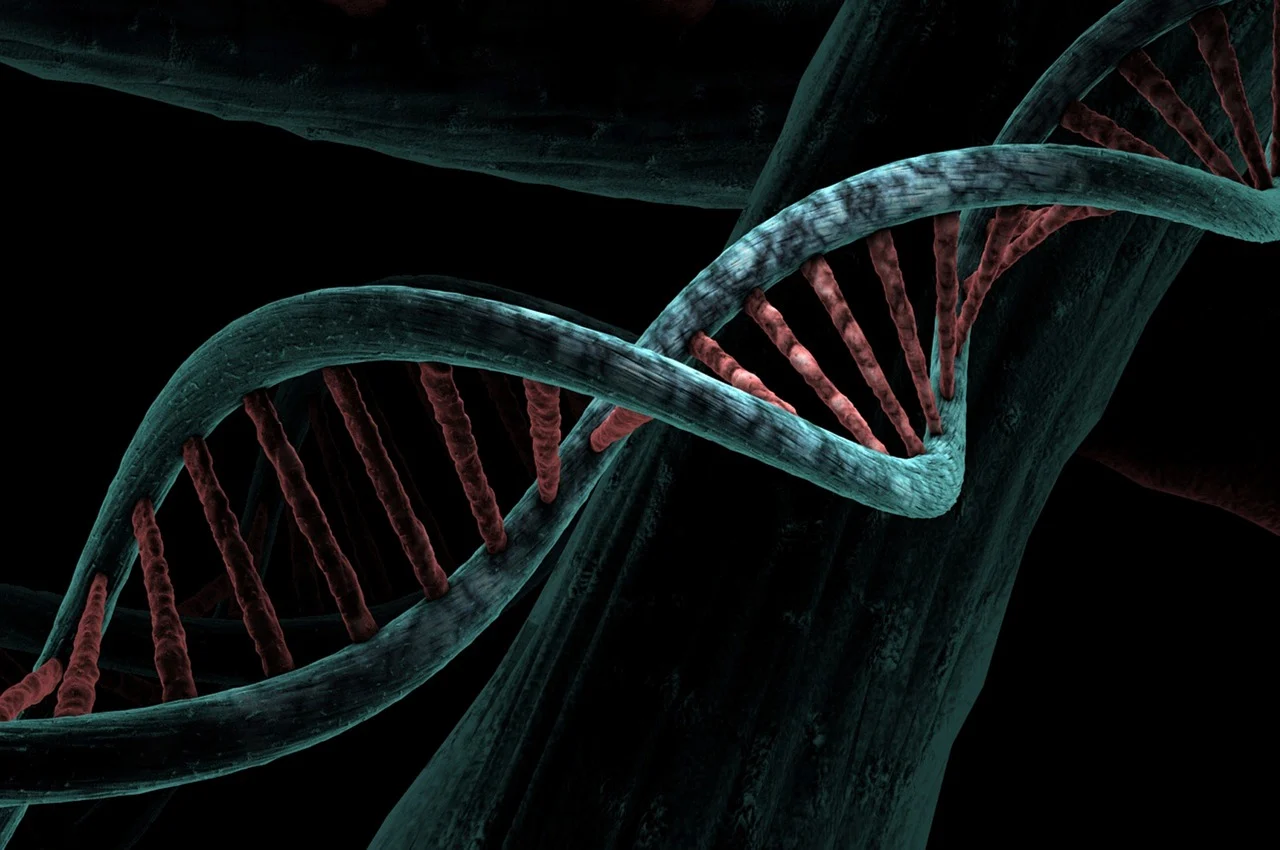BUENOS AIRES, Argentina – The lab in Buenos Aires houses row after row of boxes, each containing the unidentified remains of a long-missing son, daughter, father or mother. The neatly-stacked boxes of skeletal fragments are held in a lab belonging to the Argentine Forensic Anthropology Team.
For nearly 30 years, the group has examined the remains of countless dead from all over the world, including those of revolutionary icon “Che” Guevara, who was executed in Bolivia more than 40 years ago. But its dozens of scientists are at work now on a task closer to home – identifying the remains of hundreds of victims from Argentina’s “Dirty War” of the 1970s and 1980s.
The bones, retrieved from mass graves, are among the 30,000 Argentines who “disappeared” during the dictatorship, and presumably were murdered by the regime. The work is a joint effort involving anthropologists, biologists, archaeologists and forensic specialists.
These scientists over the years have uncovered the identities of some 600 leftists who went missing during the military regime – work they said is at once painful and painstaking. “One identification can take years,” explained Luis Fondebrider, an anthropologist from the University of Buenos Aires.
This month marks 30 years since the end of the bloody dictatorship in this South American country, where military rulers reigned from 1976-1983. Written on some of the boxes are the letters, “NN” for “no name.” Each bone fragment is carefully numbered and labeled in red ink.
Identifying victims without a name
Two of the “no names,” examined on a wooden table covered in black cloth have bullets in the skulls, and one of the skulls has multiple fractures, a sign of likely torture. The Mothers of the Plaza de Mayo – a rights group of family members whose loved ones disappeared during the dictatorship – praised the work of these scientific experts.
“It gives us great pain – first comes the disappearance,” said Nora Cortinas, president of the group. Then, she said, there is the second blow, when the scientist confirm the identity of a deceased loved one.
“That is the harsh reality we have to live with,” Cortinas said. The walls of the Argentine lab are covered with pictures of skeletons in various positions – graphic images showing the position of the bodies when they were found in a mass grave in northern Argentina.
Their work has led to hundreds of trials and helped lead to the convictions of more than 400 members of the regime. The massive effort of identifying the remains has been under way for four years, and has involved collecting blood samples from relatives of the missing, and comparing it with genetic samples belonging to the victims.
“We need more relatives to come forward to donate blood,” Fondebrider said, adding that an effort is under way to collect DNA samples in some 60 hospitals throughout the country, as well as at Argentina’s overseas embassies. “We have received many [samples] in Spain, France, Denmark and Norway,” he said.
The office next door to the lab houses files pertaining to hundreds of places which functioned as clandestine prisons, and where additional genetic material from the victims might be found. Dental records, which commonly are used to identify missing people in other countries, are less useful here.
“Teeth give clues, but in Argentina there is no law requiring dentists to keep the records belonging to their patients,” Fondebrider said. The anthropologist added that one of the hardest parts of his job is returning the remains to the families, after the rigorous job of identifying the bones is completed.
“Some take a long time to pick up [the bones] – it’s not easy. It’s an emotional process,” he said. “It’s as if the person died all over again. … It is probably the worst part of our work.”






